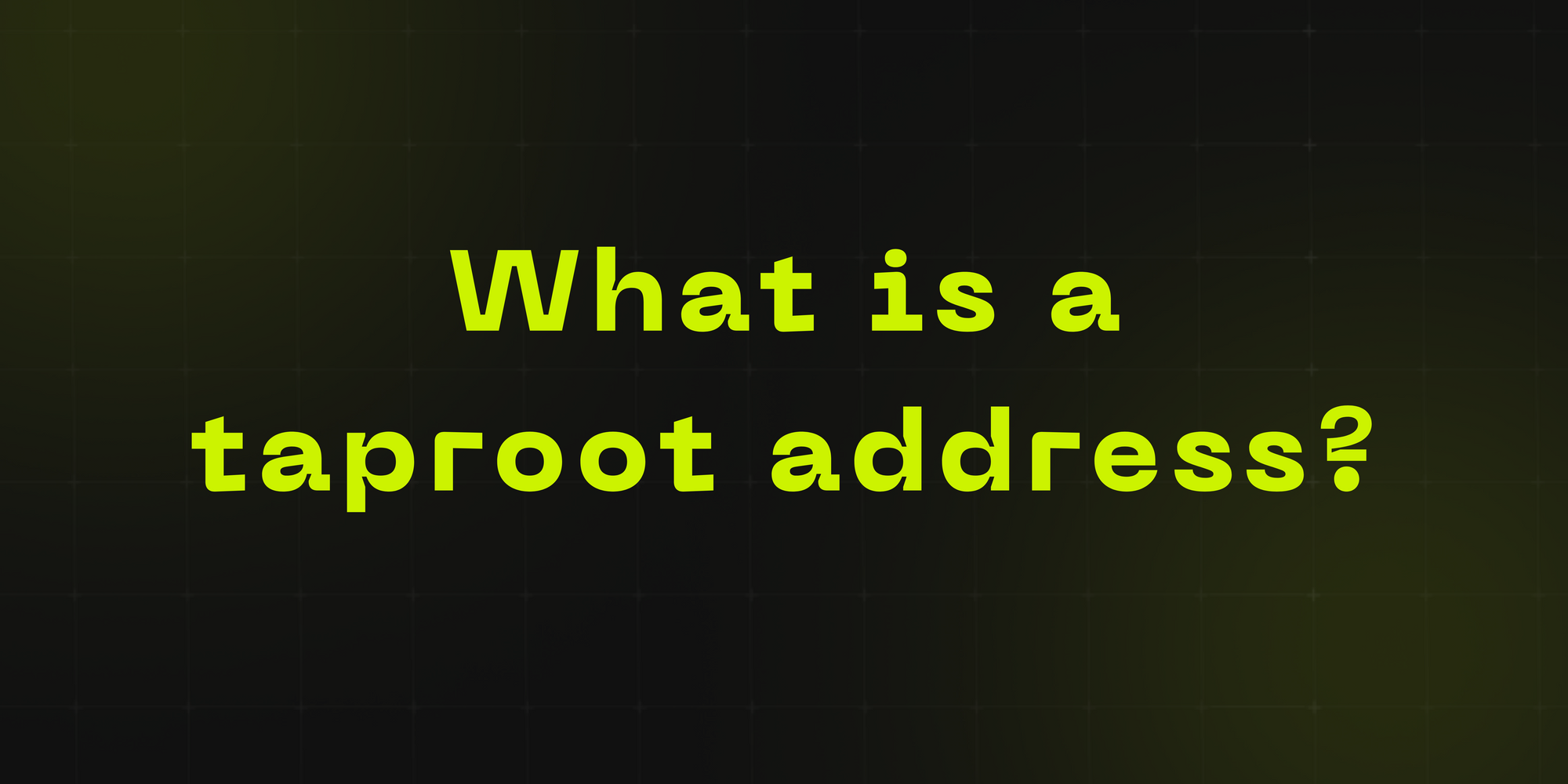What is a "taproot address"?

You may have heard that you need a "taproot address" to "receive an Inscription". While this is not technically the case, it is generally good practice to use a taproot-enabled wallet so that you don't run into any problems.
But what does "taproot address" mean?
Taproot was an upgrade to Bitcoin in 2021 that improved security, added some new features, and increased privacy. However, Taproot had not been widely adopted until Ordinals came along. Bitcoin is always backwards compatible, but sometimes when new features are added only wallets that integrate those upgrades can use them. Technically, the proper term for "Taproot address" is "Bech32m address"
Taproot addresses are easy to identify – they always start with the prefix "bc1", e.g. bc1qar0srrr7xfkvy5l643lydnw9re59gtzzwf5mdqThe reason we prefer to use taproot addresses is because the creator of "Ordinal Theory designed the first "ordinals client" to use Taproot in order to make an Inscription. It is therefore considered "good practice" to use this feature of Bitcoin when inscribing, transferring, and receiving Inscriptions, Ordinals.
Ordinal Theory & it's implementation is still very new, so the simpler you can make it, by always using Taproot, the better.
-
Addendum – here's a quick reference for Bitcoin address types:
- P2PKH addresses start with the number 1.
Example: 1BvBMSEYstWetqTFn5Au4m4GFg7xJaNVN2. - P2SH addresses start with the number 3.
Example: 3J98t1WpEZ73CNmQviecrnyiWrnqRhWNLy. - Bech32 addresses also known as "bc1 addresses" start with bc1.
Example: bc1qar0srrr7xfkvy5l643lydnw9re59gtzzwf5mdq.

